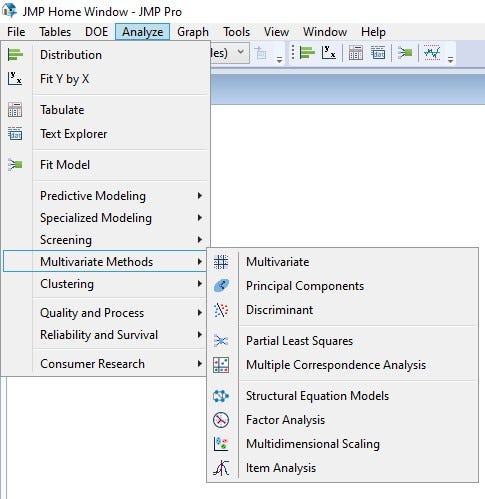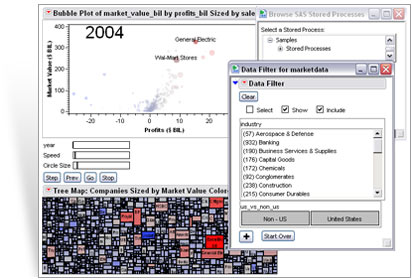

- #HOW TO APPLY MEAN FILTER IN SAS JMP HOW TO#
- #HOW TO APPLY MEAN FILTER IN SAS JMP CODE#
- #HOW TO APPLY MEAN FILTER IN SAS JMP ISO#
#HOW TO APPLY MEAN FILTER IN SAS JMP ISO#
If we add ISO, we have primary, secondary, and tertiary sort variables:īy descending country descending aperture ISO We can have more than just two sort variables. Typing in “ascending” will result in a syntax error. There is no ASCENDING keyword for PROC SORT. Otherwise, it's going to be ascending by default. The DESCENDING keyword is required in front of every variable that we want to be sorted in descending order. If we want the data sorted by aperture in descending order as well, we simply add another DESCENDING keyword in front of aperture:īy descending country descending aperture Since we did not use the DESCENDING keyword in front of aperture, aperture will still be sorted in ascending order. The countries are sorted alphabetically from Z to A, starting with the USA. What if we want to sort by descending order instead of the default ascending? In front of “country” in our code, we add the DESCENDING keyword:Ĭountry is my primary sort variable and will be sorted in descending order. Since we sorted by country first, the missing value for country got sorted to the top first. We have a missing value for country in observation 1 and a missing value for aperture in observation 8. Within each country BY group, the data is then sorted by aperture in ascending order. The countries are sorted alphabetically from A to Z. Reading from left to right, I'm firstly sorting by country. What if we want to sort not only by aperture but also by country? Any missing value occurs first when sorted because it's considered the smallest possible value. You'll notice that I have a missing value for aperture in the first observation.

This sorts the data by numerical order in the aperture column.īy default, the data is sorted by aperture is ascending order. Let’s use PROC SORT on this data set called photos and create a new sorted data setĬalled SORTED.
#HOW TO APPLY MEAN FILTER IN SAS JMP CODE#
The data was read in row by row, and so the first row of data in my code is the first row of data in my new data set. We’re going to read in this data and run a PROC PRINT on it so we can see how it looks by default and this is what we get: Country is simply the country where the photo was taken.Smaller, or shorter, focal lengths have a wider angle of view. The Focal_length of the lens indicates the distance of the subject in the photograph.This means that higher ISOs are probably photos that I took at dusk or night.

Higher numbers allow you to capture darker scenes.

#HOW TO APPLY MEAN FILTER IN SAS JMP HOW TO#
This tutorial shows how to sort SAS data sets using the SORT procedure to sort records in ascending or descending sequence, by one or more variables.


 0 kommentar(er)
0 kommentar(er)
